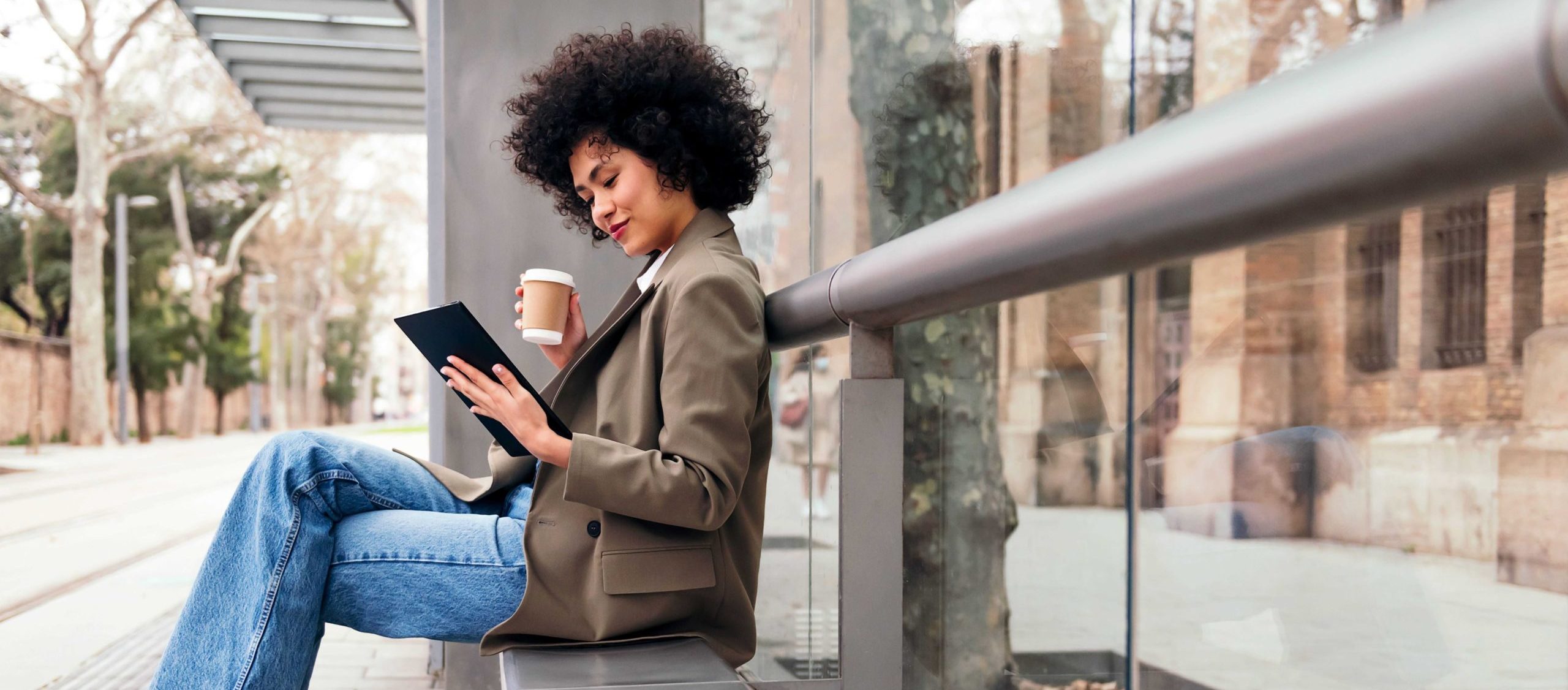Think about the last time you visited Starbucks. Did you pay with cash or with the app?
If you’re like 40 percent of people, you used the mobile app—and you benefitted from Starbuck’s omnichannel strategy. Starbucks’ mobile app lets customers order online and pick up in store without the hassle of waiting in lines. It also allows customers to use the same app to pay even if they are buying coffee at the store. And the mobile app is integrated with the loyalty program, encouraging customers to earn bonus stars and spend more with Starbucks.
Consider what its rival Dunkin’ did to catch up with Starbucks. Among several changes to reinvent itself, it also perfected the art of omnichannel strategy. Like Starbucks, customers can order ahead and pick-up at the store and earn rewards. Regardless of where or how you order—at the in-store digital kiosk or ask Alexa or the mobile app, their ordering system is glitch-free to offer a pleasant coffee experience. Based on your previous purchases, Dunkin’ advertises deals to tempt you to buy it or earn a free drink. It does well to use omnichannel data to customers’ advantage.
There is a lesson to be learned from these two coffee shop giants’ omnichannel strategy. It’s not just about bringing the brick-and-mortar store experience to online or vice versa, but it’s about tying all channels together in a seamless way to a digitally savvy customer. The goal should be to create a union rather than separation of all channels to serve every customer efficiently.
But let’s consider what an omnichannel experience means in the telecom world. You need to be able to access the service from any channel. For example, you might sign up for a monthly subscription plan with the help of a customer care agent and then later use the storefront from your mobile phone to browse through the catalog to pick an add-on product. This compares to how Dunkin’ or Starbucks let you order drinks through their mobile app, and then, add a brownie to the initial order when you get to the store. Two separate channels, but the ordering process is uncomplicated and smooth.
As exemplified by the coffee retailers, you should leverage customer data to engage with customers. For instance, if you have trouble understanding a charge on your bill, you ask online for help. After a ticket is created, you are transferred to the billing department. Rather than frustrating the customer by asking to repeat information, that agent should have the previous transactions and usage history to explain and resolve the billing issue. Each channel should recognize any prior interaction, access relevant information and transition with continuity and seamlessly to another channel.
Whether it’s B2B or B2C business, the demands of the customer are the same. One of the best ways to cater to customers is to use their data to personalize the experience. Like Starbucks, use customer location to show the closest store for pick-up. Track customer journeys from discovery of their brand to paying the bill to reporting an issue, their preferences, and their frustrations. Like Dunkin’, use these insights to anticipate their wants, to offer personalized recommendations, to reward loyalty. No matter what channel the customer chooses, their interaction with the brand must be effortless. Moreover, switching from one channel to another should be smooth and hassle free. Why is this important? Because consistency and interactions across all channels will go a long way to secure customers as loyalists to the brand.
Winning customers is not an easy task. It’s even harder to keep customers as lifelong fans. Why not emulate the omnichannel strategies of Dunkin’ or Starbucks that helped them stay competitive? By doing so, a business will be positioning itself well with evolved customers.

